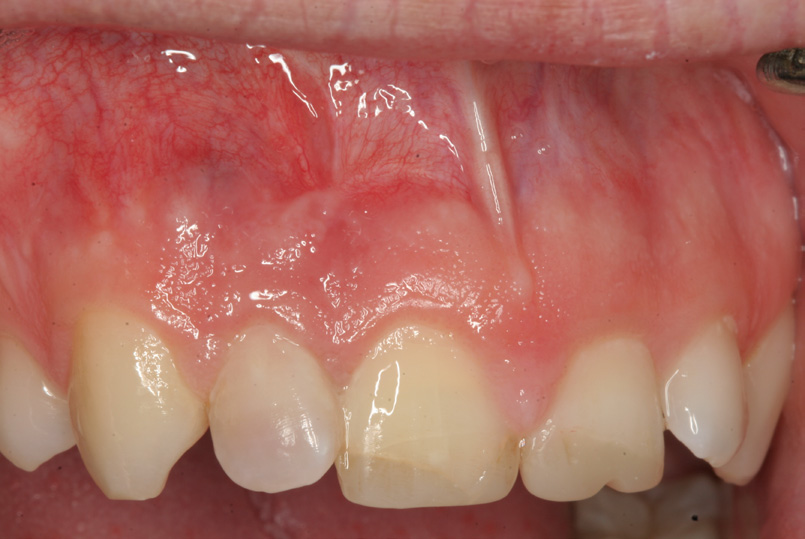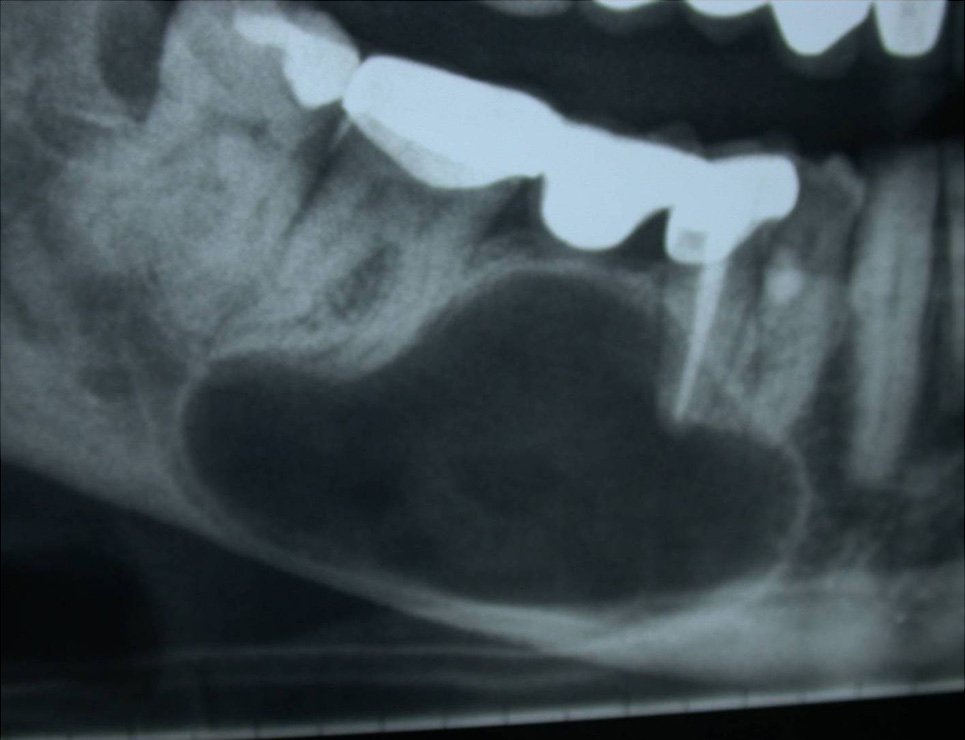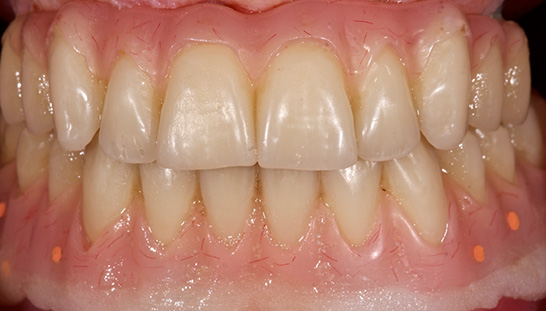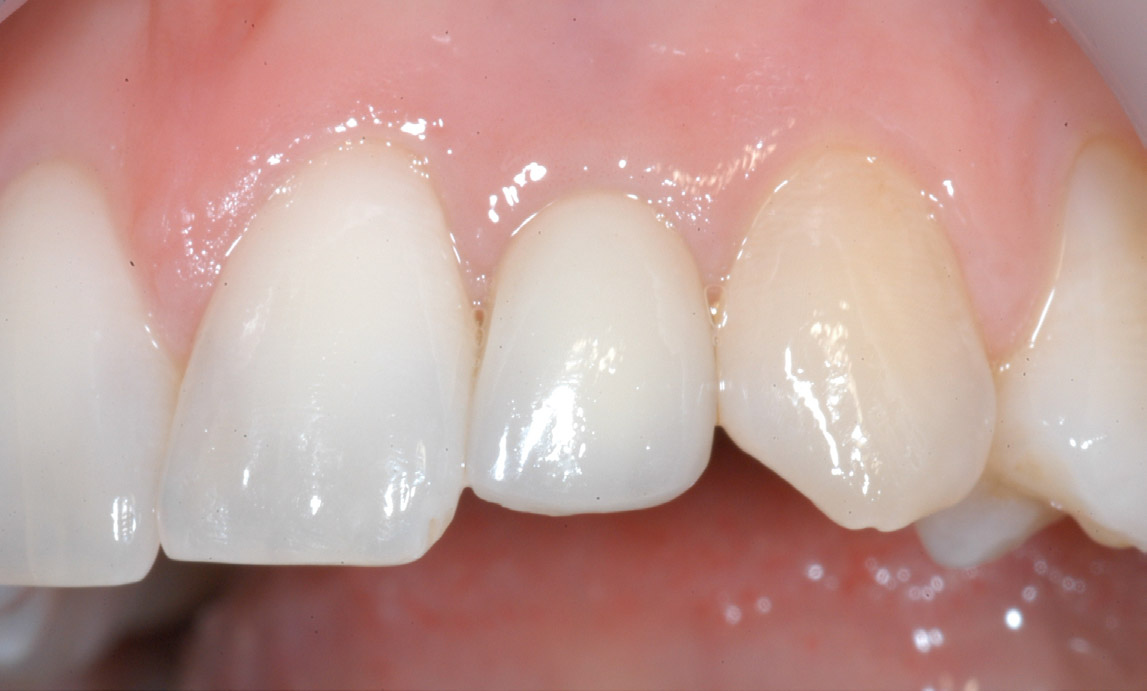Journal of Oral Science & Rehabilitation
- Vol. 3
- Vol. 11
- Vol. 8
- Vol. 16
- Vol. 1
- Vol. 5
- Vol. 13
- Vol. 2
- Vol. 10
- Vol. 7
- Vol. 15
- Vol. 4
- Vol. 12
- Vol. 9
- Vol. 17
- Vol. 6
- Vol. 14
Journals
 Accelerated generation of human induced pluripotent stem cells from human oral mucosa using episomal plasmid vectors and maternal transcription factor Glis1
Accelerated generation of human induced pluripotent stem cells from human oral mucosa using episomal plasmid vectors and maternal transcription factor Glis1
Journal of Oral Science & Rehabilitation, Vol. 3
Induced pluripotent stem cells (iPSCs) possess high pluripotency and differentiation potential and may constitute a possible source of autologous stem cells for clinical applications. However, the lengthy reprogramming process (up to one month) remains one of the most significant challenges facing standard virus-mediated methodology. The Gli-like transcription factor Glis1 is highly expressed in unfertilized eggs and one-cell-stage embryos. In this study, iPSCs were generated using a combination of primary human oral mucosal fibroblasts (HOFs) and episomal plasmid vectors expressing transcription factors, including Glis1.
Takahiro Kashiwagi
/Yoshiya Hashimoto
/Masahiro Tanaka
/Shunsuke Baba
 Bone block graft to treat an apicomarginal defect simultaneously with apical surgery of the maxillary incisors: A case report with three-year follow-up
Bone block graft to treat an apicomarginal defect simultaneously with apical surgery of the maxillary incisors: A case report with three-year follow-up
Journal of Oral Science & Rehabilitation, Vol. 3
The objective of this article is to describe the successful management of an apicomarginal defect of a maxillary lateral incisor with a bone block graft performed simultaneously with apical surgery of both lateral and central incisors.
Juan Cervera Ballester
/Peñarrocha Oltra David
/Peñarrocha Diago Maria
/Laura Maestre Ferrína
/Peñarrocha Diago Miguel
Journal of Oral Science & Rehabilitation, Vol. 3
Platelet-rich plasma (PRP) gel is an autogenous blood-derived material that may be used as a regenerative agent of oral structures. The regenerative capacity of PRP is largely attributed to its composition, including many different growth factors. Thus far, no study has identified the molecular content of this gel. Therefore, it was the purpose of this study to assess the presence of different growth factors in PRP gel, using the Western blot technique.
Galindo Moreno Pablo
/Avila Ortiz Gustavo
/Torrecillas Martinez Laura
/Juan Emilio Fernández Barbero
/O’Valle Ravassa Francisco
/Wang Hom-Lay
Journal of Oral Science & Rehabilitation, Vol. 3
The objectives of this study are to review the properties of melatonin in regulating bone homeostasis; to discuss its direct and indirect effects on bone; and to propose mechanisms for the use of melatonin as an agent to promote alveolar bone regeneration.
Galindo Moreno Pablo
/Avila Ortiz Gustavo
/Wang Hom-Lay
/Molina Padial Miguel
/Inmaculada Ortega Ollera
/O’Valle Ravassa Francisco
Journal of Oral Science & Rehabilitation, Vol. 3
The patient’s awareness and knowledge of periodontal disease is a key factor for successful periodontal treatment. The objective of this study was to evaluate this knowledge among patients referred to a specialist periodontal clinic.
Serino, Giovanni
/Wada Masahiro
/Bougas Konstantinos
 Spontaneous bone regeneration after removal of cysts: One-year follow-up of 336 consecutive cases
Spontaneous bone regeneration after removal of cysts: One-year follow-up of 336 consecutive cases
Journal of Oral Science & Rehabilitation, Vol. 3
The objective of this study was to assess spontaneous bone healing after enucleation of large jaw cysts without using any grafting material.
Di Dio Marco
/Scarapecchia Dario
/Porcelli Daniela
/Arcuri Claudio
 Three-year clinical and radiographic outcomes of patients treated according to the All-on-4 concept in the daily practice: A prospective observational study on implants and prosthesis survival rates and complications
Three-year clinical and radiographic outcomes of patients treated according to the All-on-4 concept in the daily practice: A prospective observational study on implants and prosthesis survival rates and complications
Journal of Oral Science & Rehabilitation, Vol. 3
All-on-4 treatment concept is widely applied for complete-arch rehabilitations. Nevertheless, minor technical and biological complications can occur. The objective of this study was to evaluate the three-year clinical and radiographic data of complete-arch fixed dental prostheses supported by four implants according to the All-on-4 protocol.
Tallarico Marco
/Silvio Mario Meloni
/Xhanari Erta
/Luigi Canullo
 Five-year esthetic evaluation of implants used to restore congenitally missing maxillary lateral incisors after orthodontic space opening treatment
Five-year esthetic evaluation of implants used to restore congenitally missing maxillary lateral incisors after orthodontic space opening treatment
Journal of Oral Science & Rehabilitation, Vol. 2
This is a five-year follow-up study of a previous investigation with the aim of assessing the esthetic outcome of Morse taper implants used to replace congenitally missing lateral incisors after orthodontic treatment.
Alessandro Mangano
/Alberto Caprioglio
/Francesco Mangano
/Aldo Macchi
/Luca Levrini
/Carlo Mangano
 The coronally advanced flap in the treatment of bilateral multiple gingival recessions with or without tunneling the maxillary midline papilla: A randomized clinical trial
The coronally advanced flap in the treatment of bilateral multiple gingival recessions with or without tunneling the maxillary midline papilla: A randomized clinical trial
Journal of Oral Science & Rehabilitation, Vol. 2
The objective of this study was compare the clinical results of the coronally advanced flap (CAF) without vertical releasing incisions using ( i ) a tunneling procedure on the maxillary midline papilla (test) or ( ii ) a conventional technique (control) in which the midline papilla is incised and elevated like any other papilla in the procedure.
Roberto Abundo
/Giuseppe Corrente
/Michele Perelli
/Carlo Saccone
/Marta Zambelli
/Sarmiento Hector
 Primary stability of dental implants with different thread geometries placed by clinicians with different clinical experience: An in vitro study
Primary stability of dental implants with different thread geometries placed by clinicians with different clinical experience: An in vitro study
Journal of Oral Science & Rehabilitation, Vol. 2
The objective of this study was to establish the primary stability of implants with two different designs placed into artificial bone (Type II and Type IV density) by clinicians with different levels of experience using the same implant bed preparation protocol.
Rafael Arcesio Delgado Ruiz
/José Luis Calvo Guirado
/José Eduardo Maté Sánchez de Val
/Gerardo Gómez Moreno
/Fawad Javed
/Romanos Georgios





